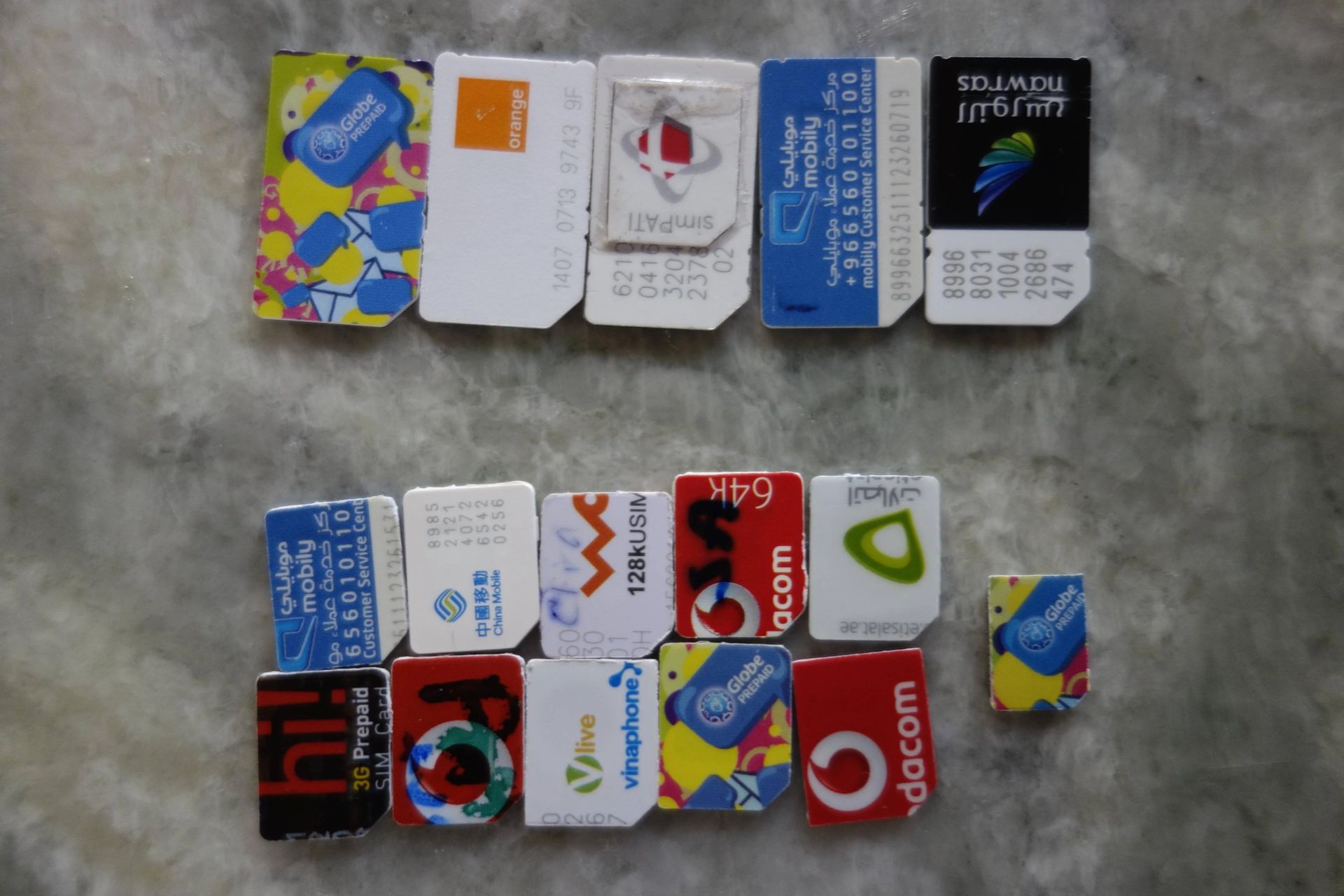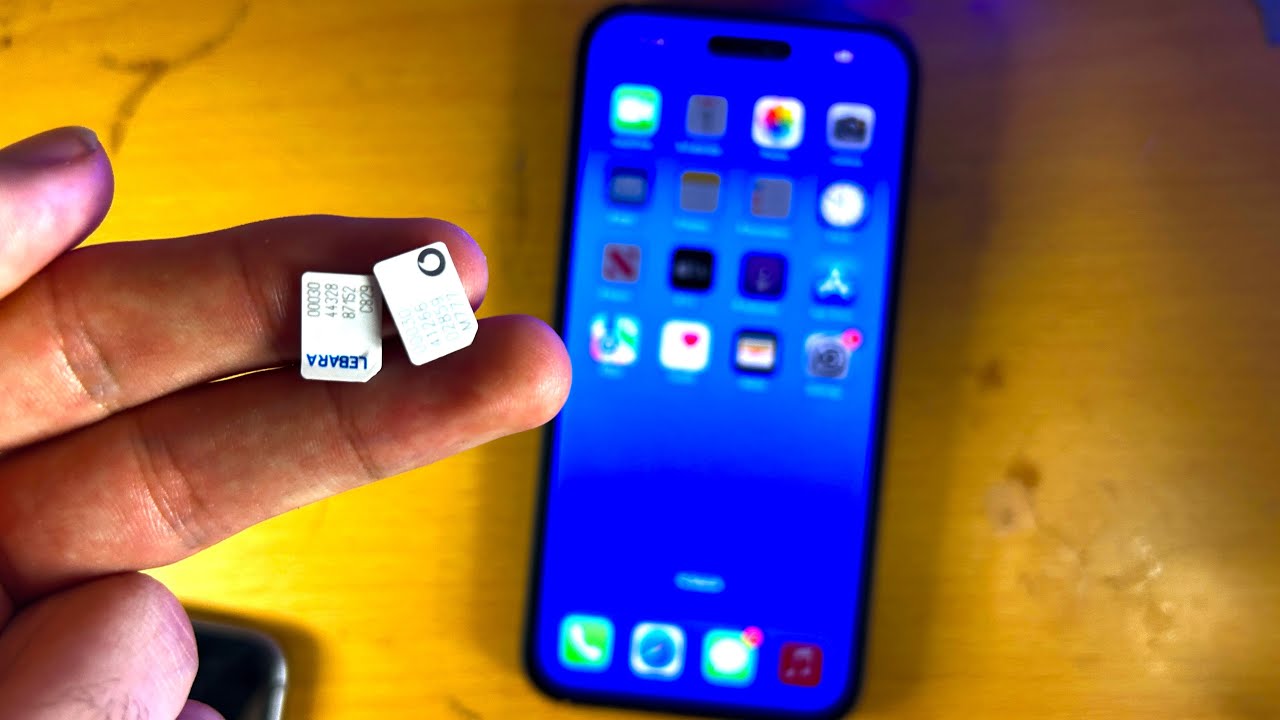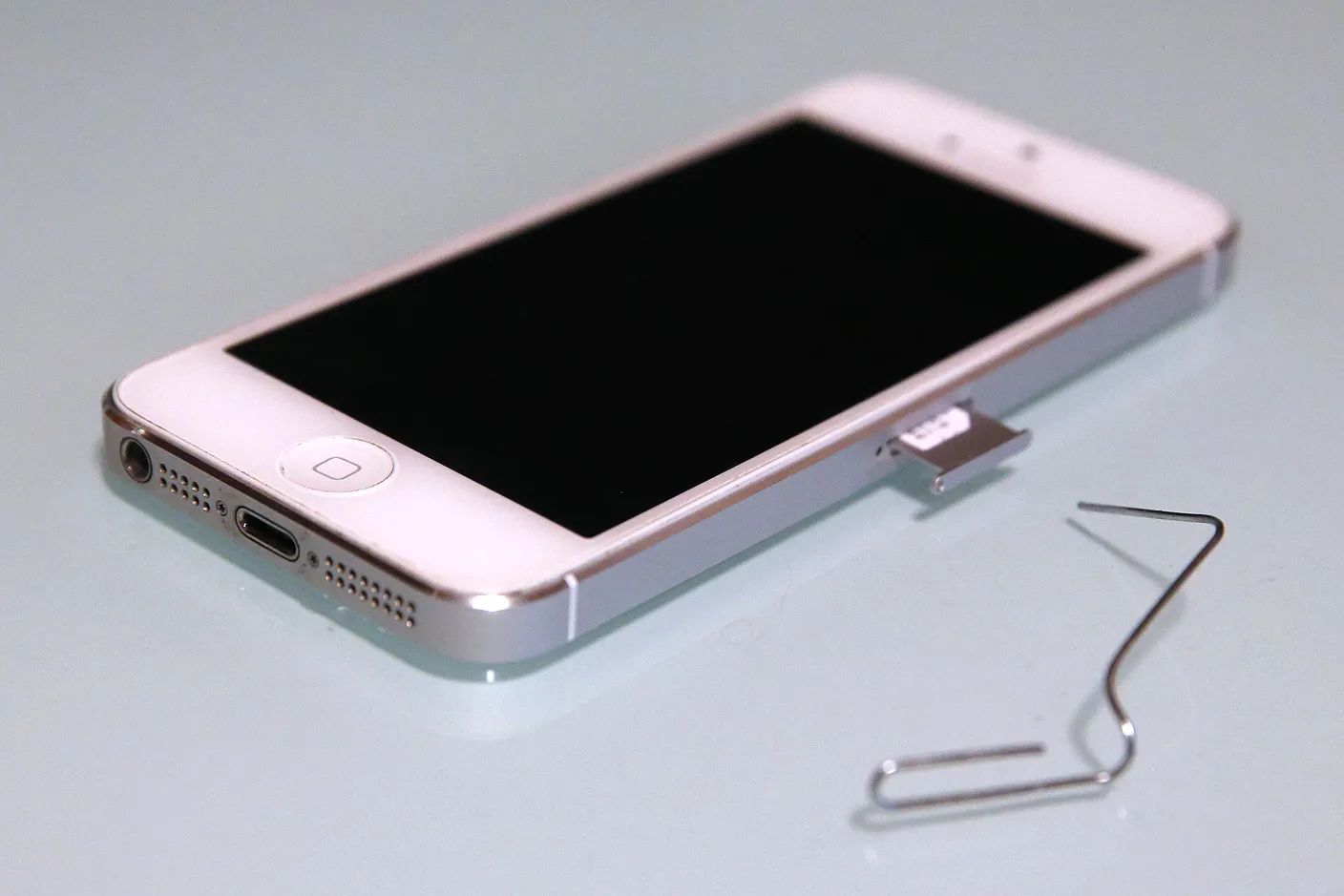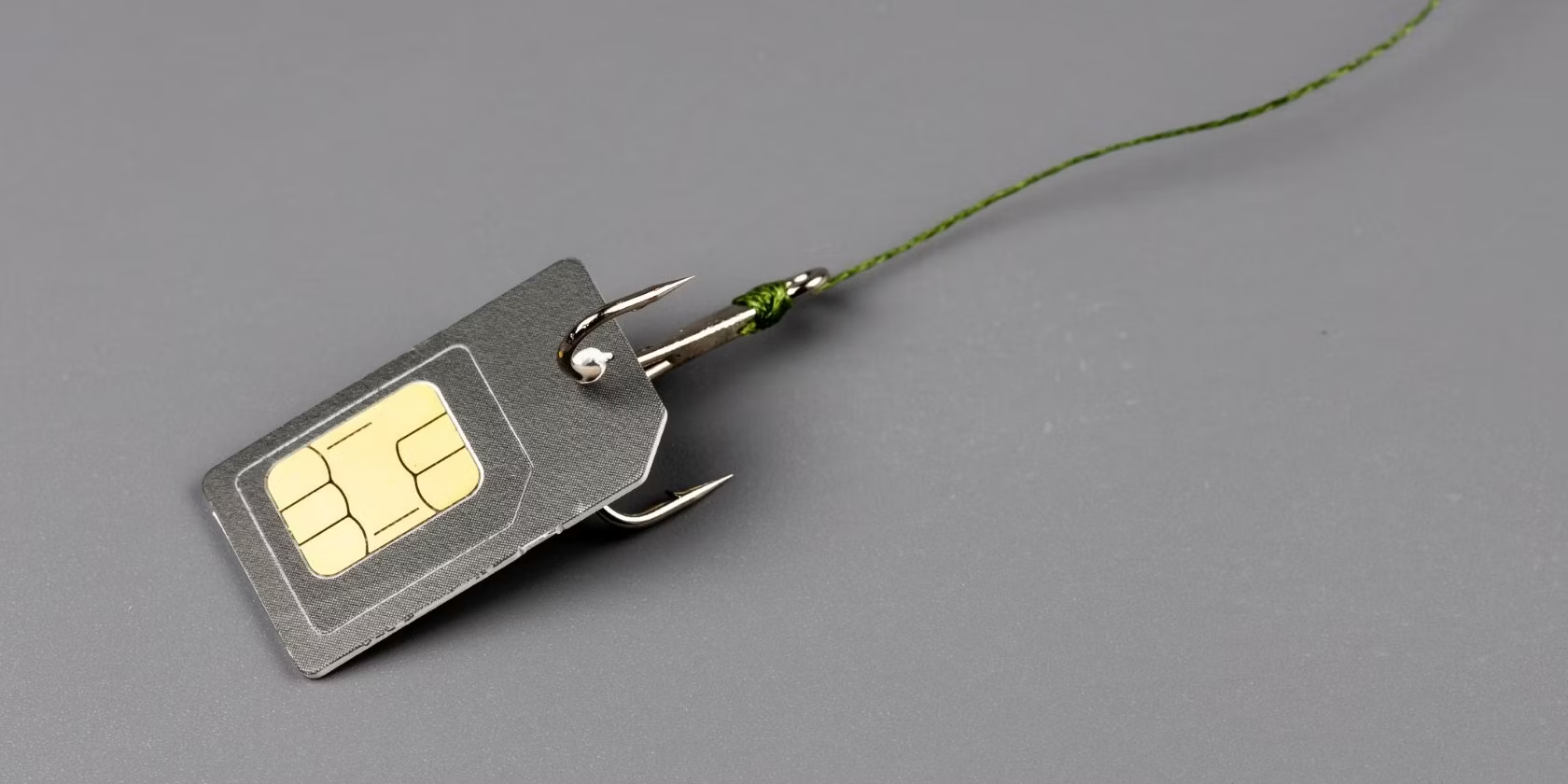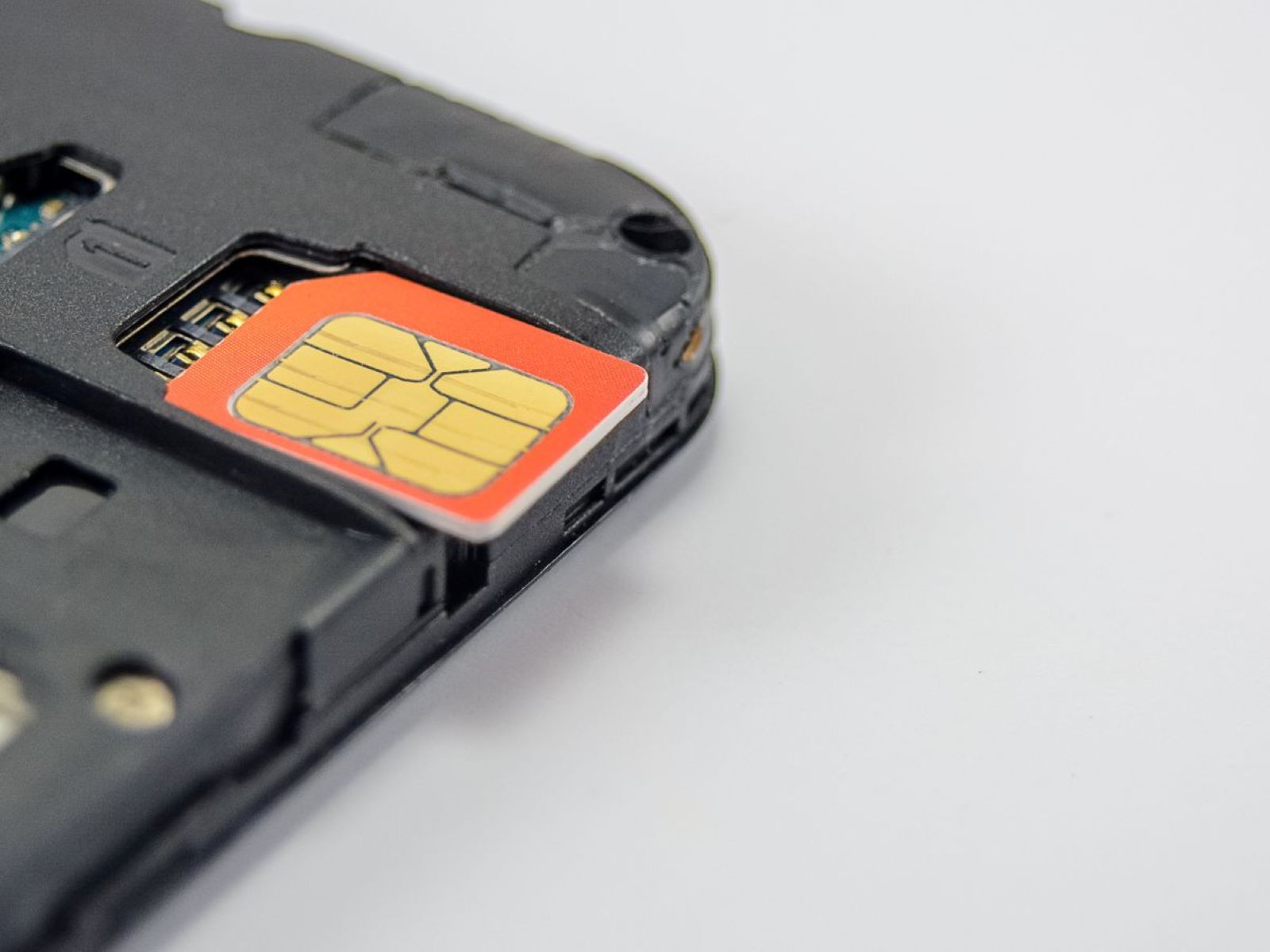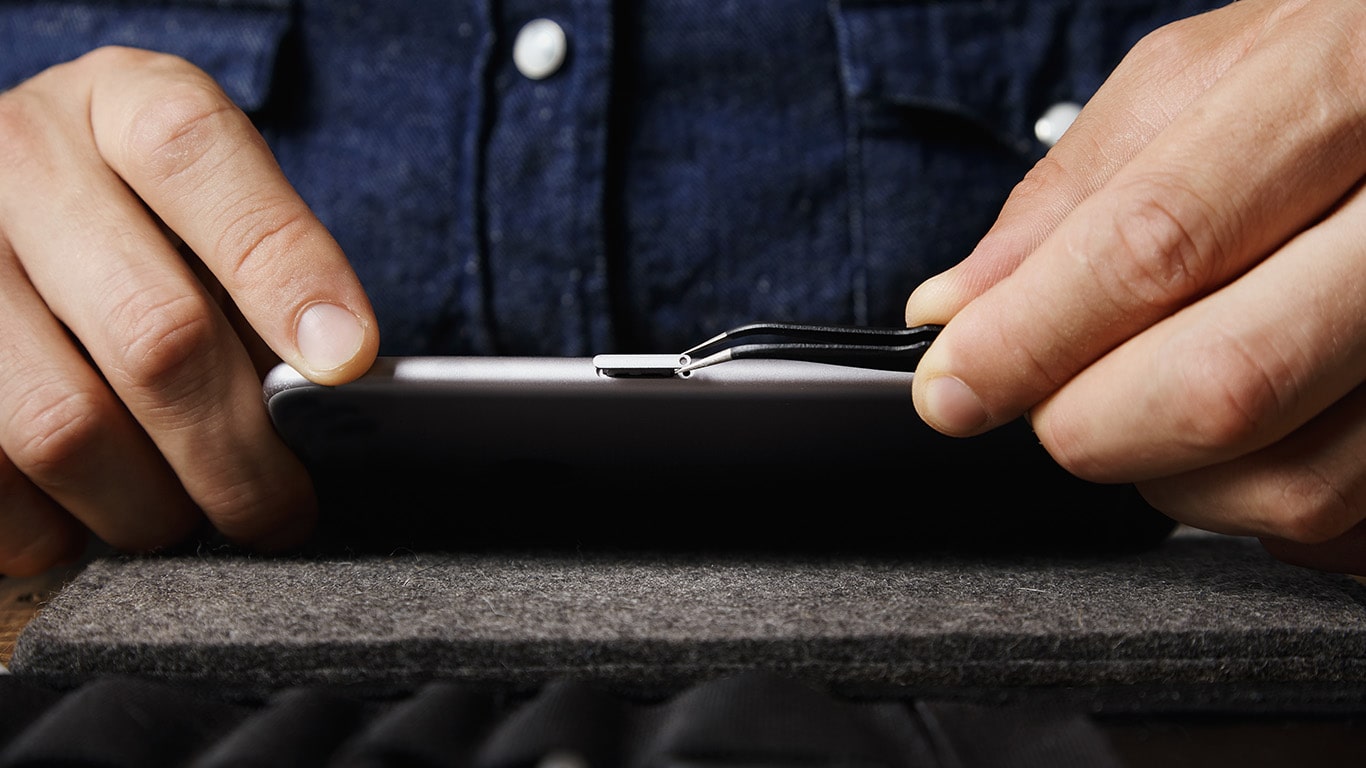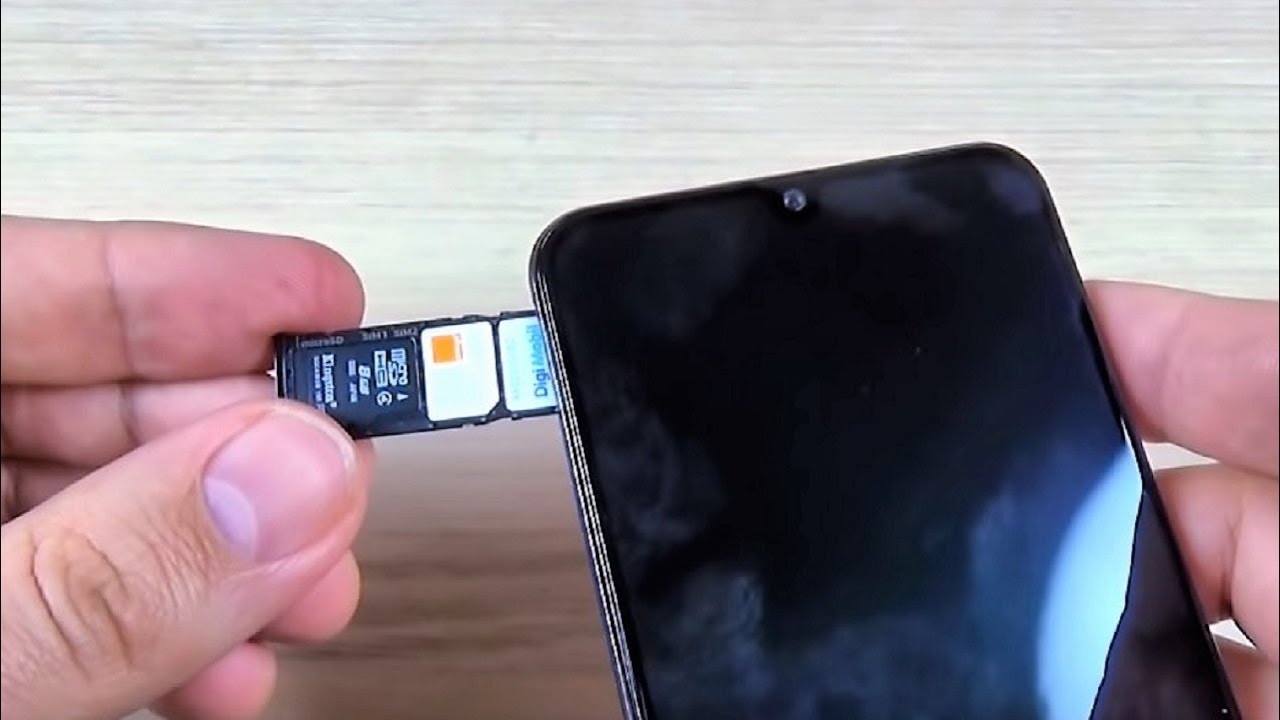Why is it important to safely dispose of an old SIM card?
Safely disposing of an old SIM card is crucial for several reasons. Firstly, SIM cards store a wealth of personal information, including contact numbers, text messages, and even payment details in some cases. If not properly disposed of, this sensitive data could potentially fall into the wrong hands, leading to privacy breaches, identity theft, or financial fraud. Secondly, SIM cards contain hazardous materials such as gold, silver, and copper, as well as small amounts of toxic substances like beryllium and arsenic. Improper disposal of these materials can harm the environment and pose health risks to living organisms.
By safely disposing of old SIM cards, individuals can protect their personal information from unauthorized access and contribute to environmental conservation. This process involves safeguarding one's privacy and reducing electronic waste, aligning with the principles of responsible digital citizenship. Therefore, taking the necessary steps to ensure the secure disposal of old SIM cards is not only a matter of personal security but also a demonstration of environmental responsibility.
Step 1: Back up your data
Before embarking on the process of safely disposing of your old SIM card, it is imperative to back up all the data stored on the card. This is a crucial step to ensure that none of your valuable information is lost during the transition to a new SIM card or device.
Backing up your data involves transferring all the contacts, messages, and other information stored on your old SIM card to a secure location. One of the most common methods of backing up SIM card data is by transferring it to the internal storage of your mobile device or syncing it with a cloud-based service such as Google Drive, iCloud, or Dropbox.
To back up your contacts, navigate to the "Contacts" or "People" app on your device and select the option to export or back up contacts. This will typically generate a VCF (Virtual Contact File) that can be saved to your device's internal storage or uploaded to a cloud service.
For text messages, consider using a reliable third-party app to back up your SMS and MMS messages to your device's internal storage or a cloud-based platform. Many messaging apps offer built-in options for exporting and saving message archives.
It is important to ensure that your backup is comprehensive and includes all the data stored on your old SIM card. Take the time to review and verify that all contacts, messages, and other essential information have been successfully backed up before proceeding to the next steps.
By backing up your data, you can safeguard your valuable information and streamline the transition to a new SIM card or device. This proactive approach ensures that you have a secure copy of your data readily available, minimizing the risk of data loss during the SIM card disposal process.
Step 2: Deactivate the SIM card
Deactivating your old SIM card is a critical step in the process of safely disposing of it. By deactivating the SIM card, you ensure that it can no longer be used to make calls, send text messages, or access mobile data. This is essential for protecting your personal information and preventing any unauthorized usage of the SIM card.
The deactivation process varies depending on your mobile service provider. In most cases, you can deactivate your SIM card by contacting your carrier's customer service or visiting their website. Some providers offer online account management portals where you can easily deactivate a SIM card associated with your account. Alternatively, you can visit a physical store or authorized retailer of your mobile carrier to request the deactivation of the SIM card.
When contacting your mobile service provider to deactivate the SIM card, be prepared to provide the necessary account information and details related to the SIM card. This may include your account number, phone number, and the unique identifier associated with the SIM card, known as the ICCID (Integrated Circuit Card Identifier). By verifying this information, the carrier can ensure that the correct SIM card is deactivated and associated with the right account.
Once the deactivation request has been processed, your mobile service provider will confirm that the SIM card is no longer active. It's important to follow up and verify that the deactivation has been successfully completed. This confirmation provides peace of mind and ensures that the SIM card is rendered inactive, preventing any potential misuse.
Deactivating the SIM card is a proactive measure to safeguard your personal information and prevent unauthorized usage. By taking this step, you can mitigate the risk of someone else using the old SIM card to access your contacts, messages, or other sensitive data. Additionally, deactivating the SIM card aligns with responsible mobile device management, ensuring that only authorized SIM cards are active on your account.
By deactivating your old SIM card, you demonstrate a commitment to protecting your privacy and maintaining control over the usage of your mobile services. This sets the stage for the subsequent steps in safely disposing of the SIM card, further reinforcing the security of your personal information and digital assets.
Step 3: Remove the SIM card from your device
Removing the SIM card from your device is a fundamental step in the process of safely disposing of the old SIM card. This task requires careful attention to detail to avoid damaging the SIM card or the device itself. Whether you have a smartphone, tablet, or another mobile device, the following steps will guide you through the process of safely removing the SIM card:
-
Power Off the Device: Before attempting to remove the SIM card, ensure that your device is powered off. This minimizes the risk of causing any damage to the SIM card or the device's SIM card slot during the removal process.
-
Locate the SIM Card Slot: Depending on the make and model of your device, the location of the SIM card slot may vary. In most smartphones, the SIM card slot is typically located on the side of the device or underneath the back cover. Some devices may require the use of a SIM card removal tool, while others allow for the use of a small paperclip or similar tool to eject the SIM card tray.
-
Eject the SIM Card Tray: If your device utilizes a SIM card tray, gently insert the SIM card removal tool or a paperclip into the pinhole located next to the SIM card slot. Apply light pressure to eject the SIM card tray from the device. Once the tray is partially ejected, carefully remove it from the device to access the SIM card.
-
Remove the SIM Card: With the SIM card tray removed, carefully extract the SIM card from the tray. Handle the SIM card with care, avoiding any excessive bending or touching of the metal contacts. If your device has an integrated SIM card slot, gently push the SIM card to release it from the slot.
-
Inspect the SIM Card and Slot: Take a moment to inspect both the SIM card and the SIM card slot on the device. Ensure that the SIM card is not damaged and that there are no foreign objects or debris present in the SIM card slot.
By following these steps, you can safely remove the SIM card from your device without causing any damage to the card or the device itself. This sets the stage for the subsequent step of destroying the SIM card, further ensuring the secure disposal of your old SIM card and the protection of your personal information.
Step 4: Destroy the SIM card
Destroying the SIM card is a critical step in ensuring that the sensitive data it contains is rendered irretrievable. By physically damaging the SIM card, you can effectively prevent any potential misuse of the information stored on it. Here are the recommended methods for securely destroying a SIM card:
-
Shredding: Using a specialized SIM card shredder or a cross-cut paper shredder with a designated slot for credit cards and small plastic items, carefully feed the SIM card into the shredder. This process effectively renders the SIM card into tiny, irreparable pieces, ensuring that the stored data is beyond recovery.
-
Cutting: If a shredder is not available, you can use a pair of scissors to cut the SIM card into small, confetti-like pieces. It is essential to cut through the metal contacts and the embedded microchip to ensure that the data stored on the SIM card is destroyed. Take caution when handling sharp objects to avoid injury.
-
Burning: Another effective method of destroying a SIM card is by burning it. Use a safe and controlled environment, such as a metal container or a fireproof surface, to burn the SIM card. Once the card is completely incinerated, the data stored on it becomes irrecoverable. It is important to follow all local regulations and safety precautions when using this method.
-
Dissolving: Submerging the SIM card in a strong chemical solvent, such as acetone or a similar substance, can effectively dissolve the plastic casing and the microchip, rendering the data inaccessible. This method should be executed with caution and in a well-ventilated area, following all safety guidelines for handling chemical substances.
By thoroughly destroying the SIM card using one of these methods, you can ensure that the personal information stored on it is permanently irretrievable. This proactive approach aligns with best practices for data security and privacy protection, further safeguarding your sensitive information from unauthorized access.
After destroying the SIM card, it is essential to gather the fragmented pieces and dispose of them responsibly, as outlined in the next step. By completing this crucial step, you can confidently proceed with the final phase of the secure disposal process, knowing that the data on the SIM card is effectively and irreversibly destroyed.
Step 5: Dispose of the SIM card responsibly
Once the SIM card has been deactivated and destroyed, the final step is to dispose of the remnants in an environmentally responsible manner. Despite being reduced to irreparable pieces, the remnants of the SIM card still contain materials that can be harmful to the environment if not handled properly. Here are the recommended methods for responsibly disposing of the remnants of the SIM card:
-
Recycling Centers: Many communities have designated electronic waste recycling centers where residents can drop off old electronic devices and components for proper disposal. These centers often accept items such as SIM cards, cell phones, and other small electronic components. By recycling the remnants of the SIM card, valuable materials such as gold, silver, and copper can be recovered and reused, reducing the demand for new resources and minimizing the environmental impact of electronic waste.
-
Electronic Retailers: Some electronic retailers and mobile service providers offer recycling programs for old electronic devices and accessories, including SIM cards. These programs facilitate the collection and recycling of electronic waste, ensuring that the materials are processed in an environmentally sustainable manner. Additionally, some retailers may provide incentives or discounts for customers who participate in their recycling programs, further encouraging responsible disposal of electronic waste.
-
Mail-In Recycling Programs: Several organizations and environmental initiatives offer mail-in recycling programs for electronic waste. These programs allow individuals to mail their old electronic devices, including remnants of SIM cards, to designated recycling facilities. By participating in these programs, individuals can contribute to the reduction of electronic waste and the conservation of valuable resources while ensuring that the remnants of the SIM card are handled responsibly.
-
Local Regulations: It is important to be aware of local regulations and guidelines related to the disposal of electronic waste, including small components such as SIM card remnants. Some municipalities have specific protocols for the disposal of electronic waste, and residents are encouraged to follow these guidelines to ensure compliance with environmental regulations and to contribute to sustainable waste management practices.
By responsibly disposing of the remnants of the SIM card, individuals can actively contribute to environmental conservation and the responsible management of electronic waste. This final step in the process of safely disposing of an old SIM card underscores the commitment to environmental stewardship and the ethical handling of electronic materials. By choosing environmentally sustainable disposal methods, individuals can make a positive impact on the environment while upholding the principles of responsible digital citizenship.
Conclusion
Safely disposing of an old SIM card is not only a matter of personal security but also a demonstration of environmental responsibility. By following the comprehensive guide outlined above, individuals can protect their personal information from unauthorized access and contribute to environmental conservation.
The process begins with backing up all the data stored on the old SIM card, ensuring that valuable information is securely preserved. Deactivating the SIM card is the next crucial step, preventing any unauthorized usage and safeguarding personal data. Removing the SIM card from the device and destroying it ensures that the sensitive information it contains is irretrievable. Finally, responsibly disposing of the remnants of the SIM card through recycling centers, electronic retailers, or mail-in recycling programs contributes to environmental sustainability and the ethical management of electronic waste.
By taking these steps, individuals demonstrate a commitment to protecting their privacy and maintaining control over the usage of their mobile services. Additionally, they actively contribute to environmental conservation by responsibly managing electronic waste and reducing the environmental impact of discarded electronic components.
In a world where digital privacy and environmental sustainability are increasingly important, the safe disposal of old SIM cards serves as a proactive demonstration of responsible digital citizenship. By embracing the principles of data security and environmental stewardship, individuals can make a positive impact on both personal and global scales.
In conclusion, the safe disposal of old SIM cards is a multifaceted process that encompasses privacy protection, data security, and environmental conservation. By following the comprehensive guide and embracing the principles of responsible digital citizenship, individuals can navigate the transition to new SIM cards or devices with confidence, knowing that their personal information is secure and that they have made a positive contribution to environmental sustainability.









